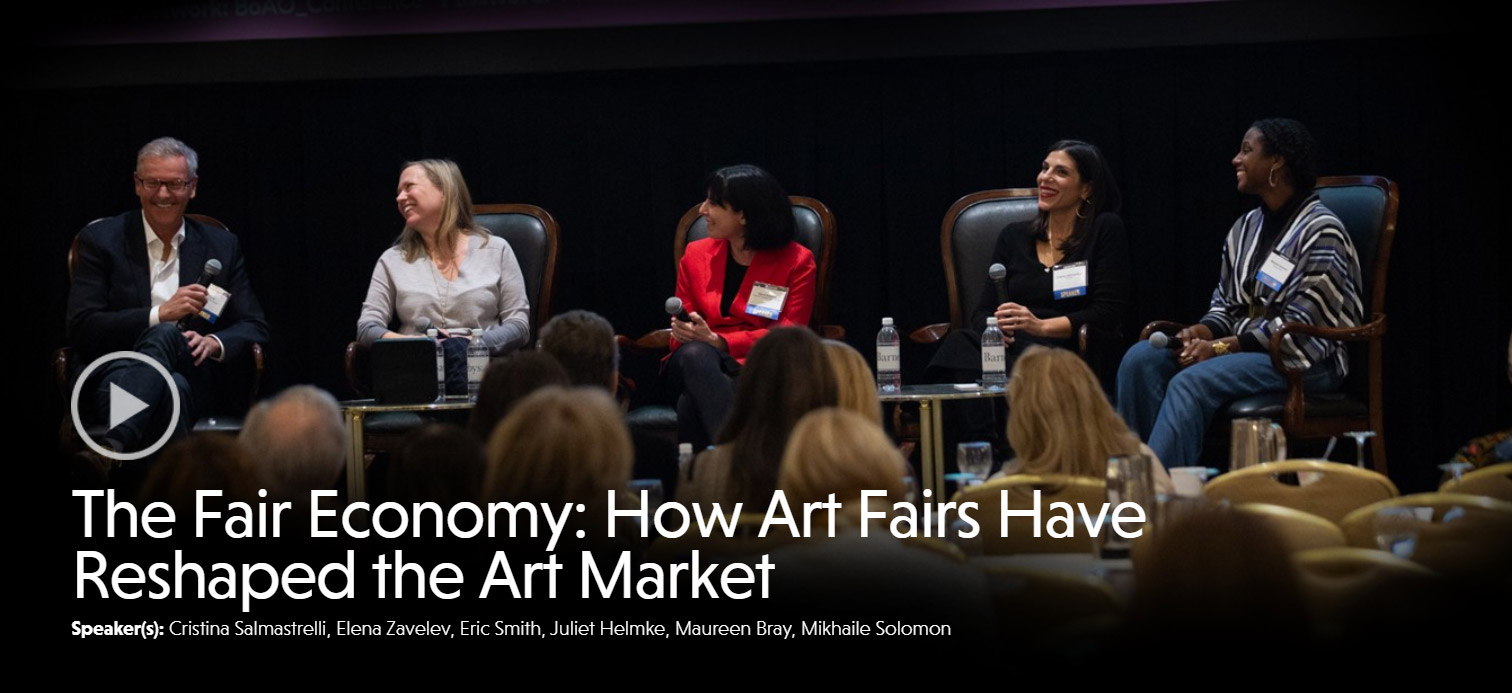Art Collecting: The Thrill of the Hunt
Jan 20, 2020
The art world has a reputation as being closed and dynamic so it’s no wonder starting an art collection can be intimidating. If you don’t come from a family of art collectors and have no prior experience collecting art, where do you start?
The thrill of the hunt drives most collectors to buy art and there is no shortage of it. From different art movements to different mediums, there is something for everyone. But how do you navigate this unpredictable and vast market to grow an art collection you can be proud of?
It’s true, you will not like everything you see. Since you are going to live with this piece of art in your home, it’s best to buy what you love first and foremost. That said, don’t be surprised if your tastes change over time. Most collectors radically change up their art collection throughout their lifetime.
There’s no better time to buy art so to get going, get familiar with the art world, figure out what art speaks to you and start making connections….and purchases. Is it possible to buy art on a tight budget? Of course! Some of the most serious art collectors started their collections with $1,000 or less so it’s surprising that collecting art isn’t more main stream. You don’t need to spend millions to make an impact and a great way to begin is to invest in lesser known artists just coming to market.
Graduate shows for MFA programs are ideal to suss out and support young artists fresh from school. Ask the instructors or students who they feel was the top student in the class. The answers might be just the direction you require. Investing in young artists is not only affordable, but hopefully, your supporting an artist grow a viable and successful career, which will only benefit you in the long run. Here are two rising stars that came out of programs like these, Steve Driscoll and Matt Bahen, talking about their process.
Buying art just to flip it in hopes of a profit isn’t an advisable tactic. While buying art can be seen as an investment, it is always advised to buy what speaks to you. Buying art can be one on the most rewarding ways to spend your money and if you end up with a gem at a stellar deal, great! Art should be something you enjoy on a daily basis and if it appreciates in value, that’s an added bonus.
Like any purchasing decision, take the time to do your research. Go to art fairs, openings, and exhibitions and become familiar with different art movements and trends. Don't be afraid to ask questions and it’s perfectly acceptable to try and negotiate the price if a particular piece of art you’re after isn’t within your budget.
Kids in a candy store is the perfect comparison for an art collector in an art fair. There is so much to choose from it’s hard to know where to start. Smaller satellite fairs have popped up all over the globe that offer more affordable options for collectors such as prints and editions. Learn why the emergence of art fairs now represents one of the key institutions in the global art market.
Instagram has also grown in to be a fabulous tool for anyone collecting art, especially if you are on a budget. Artists are now selling art through the platform and will accept payment via secured payment gateways like PayPal. You can browse thousands of artists all over the world and connect with them directly through DM. It doesn’t get much better than that.
Finally, we leave off with art galleries and auction houses. Attend exhibition openings and auction previews as much as you can. The more art you see, the more you’ll know what you like. Sign up to newsletters to keep up to date with what’s going on. If you’d like more information on art collecting talks, art conferences, latest news and market trends, current and upcoming events, become a part of our community.
One Art Nation is committed to demystifying the process of buying art from start to finish. Access free videos to learn from prominent art experts as they address topics from building, maintaining and protecting an art collection, to tax and financial aspects of owning art. Watch Now.

:sharpen(level=0):output(format=jpeg)/wp-content/uploads/2020/01/Art-Collecting-The-Thrill-of-the-Hunt-1.jpg)


:sharpen(level=1):output(format=jpeg)/wp-content/uploads/2024/05/The-Art-Lawyers-Diary-1.jpg)
:sharpen(level=1):output(format=jpeg)/wp-content/uploads/2024/04/5-Questions-with-Bianca-Cutait-part-2-1.jpg)
:sharpen(level=1):output(format=jpeg)/wp-content/uploads/2024/05/20231208_164023-scaled-e1714747141683.jpg)
:sharpen(level=1):output(format=jpeg)/wp-content/uploads/2024/04/header.jpg)
:sharpen(level=1):output(format=jpeg)/wp-content/uploads/2024/04/5-Questions-with-Bianca-Cutait-part-1-1.jpg)
:sharpen(level=1):output(format=jpeg)/wp-content/uploads/2024/03/5-Questions-with-Alaina-Simone-1.jpg)